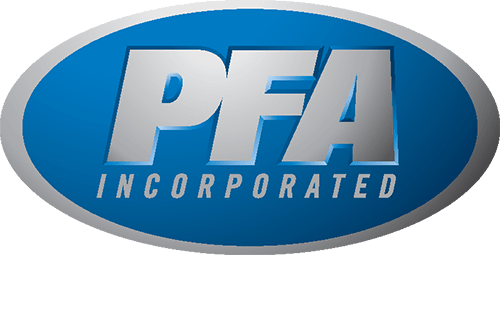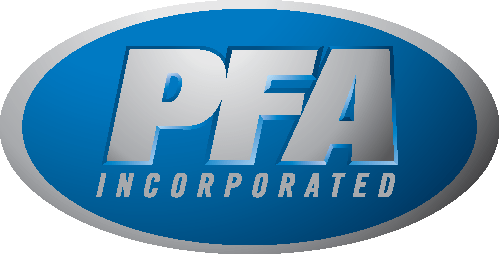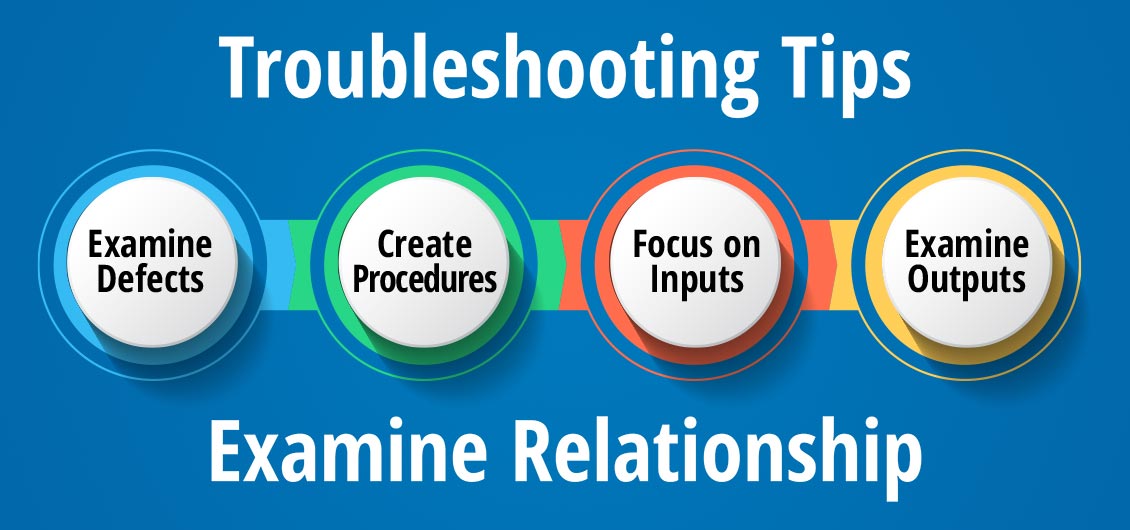Anyone who has worked with plastic injection molding machinery, likely knows that issues can happen. Unfortunately, when they do, they often result in wasted materials and directly impact the speed and quality of the finished parts that are created. Not all troubleshooting steps are going to work for each application, but knowing what tips are available may help speed up the diagnostic process and get your team back to a functional process that saves time and money. While familiar to many, below, you will find some troubleshooting techniques that may be missing from your current strategies. Please review the basics and consider these ways to improve plastic molding injection processes.
Thoroughly Examine Defects
Before you can begin determining the root cause of the problem and start implementing troubleshooting tips, it is important to thoroughly examine the part for defects or other imperfections both internally and externally. The presence of additional unforeseen problems may show evidence that there is a process issue and can help remove certain underlying issues within the machinery or specifications that are being used. With this information, you can move on to more advanced troubleshooting tips to improve plastic injection molding.
Create SOP Manuals
Standard Operation Procedures manuals can help engineers and equipment controllers understand the more technical parts of their plastic injection molding processes and provide more detail into what issues are possible and the best ways to fix them. Any adjustments made throughout the process should also be documented to provide information for future instances in which problems may occur. This creates a pattern of success for both current and new operators and ensures consistency among parts that are being created with plastic injection molding.
Focus on Inputs and Outputs
Many plastic injection molders tend to focus on just inputs when a problem occurs; however, outputs could be the root cause of the problem. When creating SOP manuals, it is important to not neglect this part of the process and, instead, ensure you have a holistic view of the entire process to determine where problems are occurring and find the best ways to remedy them. Some of the potential culprits that you may consider looking into throughout this process include cooling times, finished part weights, preload force and much more. Try to be as detailed as possible in your research.
Review Process Relationships
Once troubleshooting begins, take the time to isolate processes and identifying what individual parts of the process may be causing issues. During this period, it is important to consider interactive effects or potential problems that may be caused when transitioning between processes. Throughout this period, fine-tuning your process and creating detailed information to be added to SOP manuals is more critical than ever. No matter what your injection molding process may be, troubleshooting tips are only as effective as the process relationships that you have created.
How Can PFA, Inc. Help?
PFA manufactures locking cylinders and core pull cylinders for molds and dies as well as quick mold change and quick die change systems for plastic injection molding. With KOR-LOK® Side Action Systems manufacturers can achieve zero-flash molded parts on the first shot. Preloading and Locking functions in the KOR-LOK are critical to success. Core preload means your parts can be made easily with tighter tolerances, perfect match lines, and clean beautiful textures.


